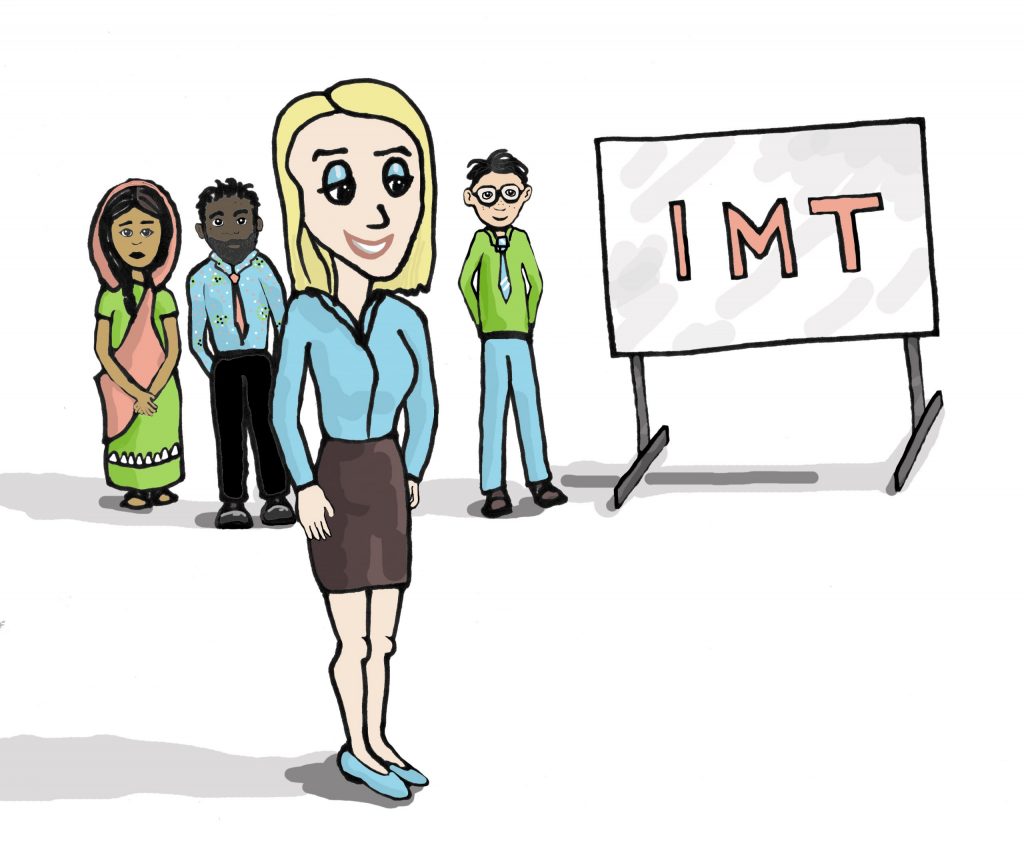You know the scenario, someone gets injured, everyone panics, no one really knows what to do, some people try to help, others look to see who is at fault, and the rest run for the hills. Would you know what to do if you suffered a work injury? Or more importantly would you know what to do if one of your co-workers suffered a work injury?
Having a streamlined structure in place when an injury occurs will allow your workplace to get the best outcome every time following an injury. No one wants a workplace injury to occur, but sometimes accidents happen, and most of the time it is just that, an accident. Usually no one is intentionally at fault so looking to place blame wont fix or help the situation, and at the end of the day a lot of WorkCover legislations are based on a ‘no fault’ system, meaning you do not have to prove blame.
Setting up a system in your workplace, such as an Injury Management Team (IMT) will allow everyone to know the exact steps to follow after an injury has occurred. Setting up a good injury management structure will remove the panic as everyone will know exactly what to do following injury and can be done in as little as six steps.
- Set up your injury management team – This is done well before the injury occurs. Decide who will be on your team and what their role will be. This will require management buy in and employee support. Once you have this you educate each member on their role within the IMT and promote the IMT throughout the entire workplace.
- Early Intervention following the injury – Now that you have your team set up and each team member is educated on their role, early intervention will happen organically and smoothly leaving your injured worker feeling supported and valued.
- Involving the Return to Work (RTW) Coordinator – What?? Step 3, shouldn’t that happen in step 1? No, not if you value your employees and want a timely, safe, and sustainable outcome. The role of the RTW Coordinator is to coordinate the RTW, not to manage the whole injury. If your RTW Coordinator only works part-time it may make early intervention difficult and you want the injury to be managed smoothly and successfully from the very moment the injury has occurred.
- Worksite meeting – The first meeting with all internal key stakeholders following the injury. Where this meeting is held is especially important. You should have a well thought out and planned agenda to ensure that you not only meet your obligations but you also approach the meeting with compassion and understanding so you know exactly what will be required to coordinate a successful RTW for your injured worker. By the end of this first meeting you will have information on the treating health practitioner (THP), treatment plan, pre-injury duties, suitable duties, and you may even have a RTW plan written up.
- The injured worker’s return to work – Following your worksite meeting your injured worker’s THP has signed off on the RTW plan, certified the worker with a current work capacity (CWC) and you have put in place all the aids and modifications required to ensure your worker is supported in their return to work. And finally,
- Monitor – Once your worker is back at work it is important that your IMT continues to provide support, regularly ‘check in’ with them to see how they are going and tweak the plan as needed.
As you can see setting up an IMT within your workplace can have your injured worker back at work in as little as six steps. This structure will provide support, compassion, and information to the injured worker through a timely and structured approach that will lead to a positive outcome for all stakeholders involved.
If you would like more information on setting up an IMT within your workplace please do not hesitate to get in contact with me at tennille@returntoworkplus.com.au or sign up for our course at www.returntoworkplus.com.au
Return to Work Plus offers training, consulting and coaching on all things return to work.

